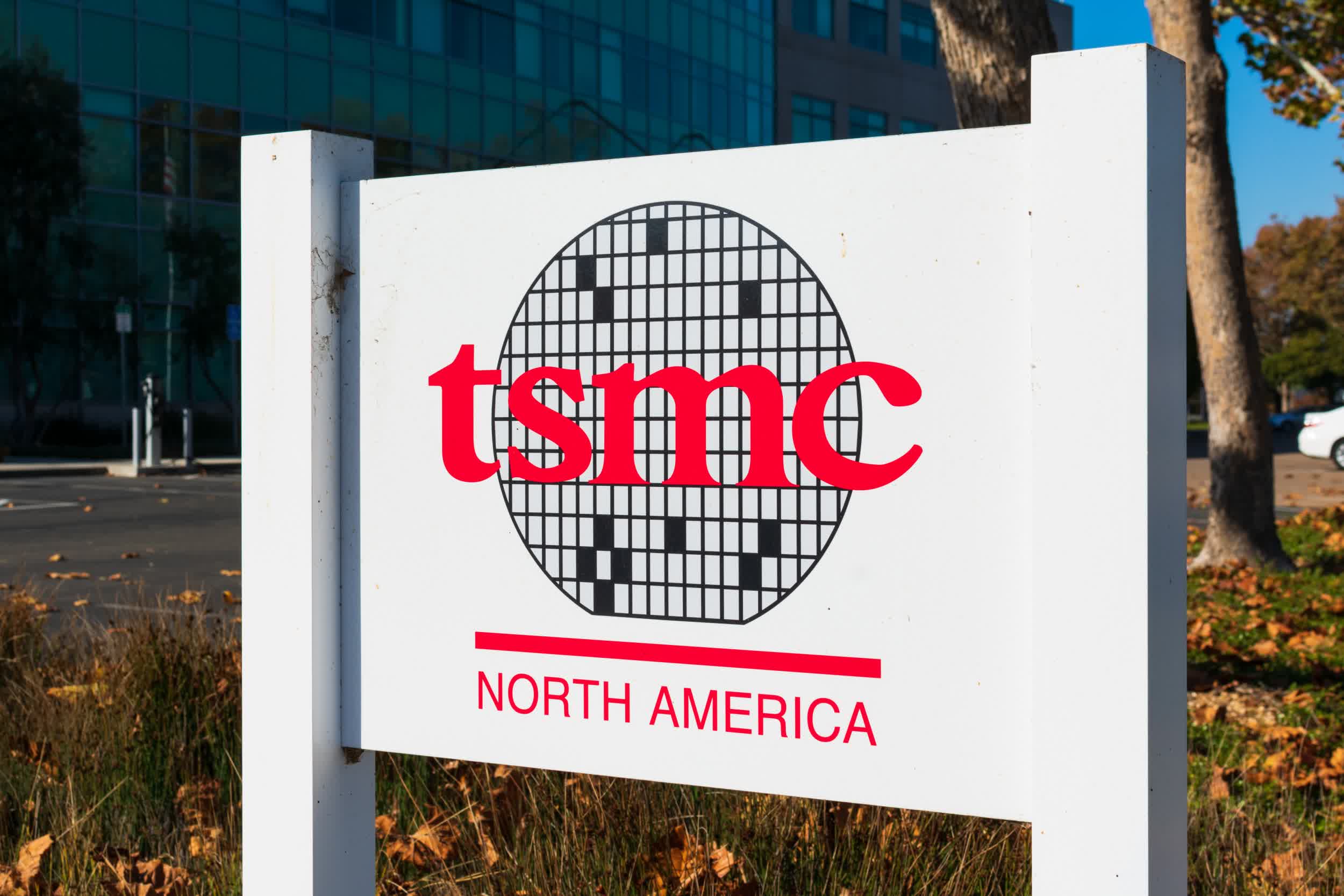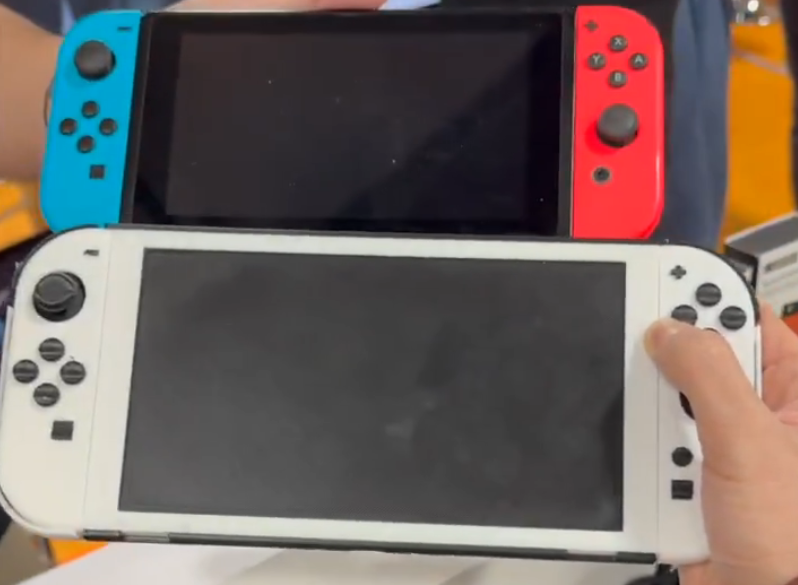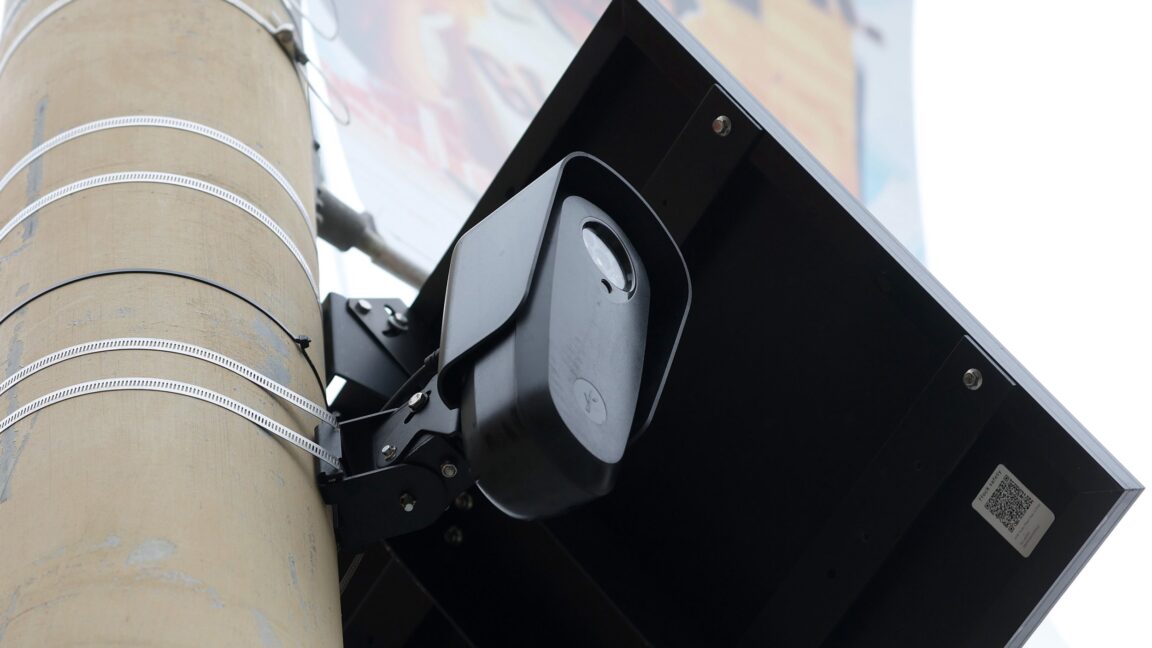
TIME.COM
How China Is Advancing in AI Despite U.S. Chip Restrictions
By Harry BoothJanuary 8, 2025 12:46 PM ESTIn 2017, Beijing unveiled an ambitious roadmap to dominate artificial intelligence development, aiming to secure global leadership by 2030. By 2020, the plan called for iconic advances in AI to demonstrate its progress. Then in late 2022, OpenAIs release of ChatGPT took the world by surpriseand caught China flat-footed.At the time, leading Chinese technology companies were still reeling from an 18-month government crackdown that shaved around $1 trillion off China's tech sector. It was almost a year before a handful of Chinese AI chatbots received government approval for public release. Some questioned whether Chinas stance on censorship might hobble the countrys AI ambitions. Meanwhile, the Biden administrations export controls, unveiled just a month before ChatGPTs debut, aimed to cut China off from the advanced semiconductors essential for training large-scale AI models. Without cutting-edge chips, Beijings goal of AI supremacy by 2030 appeared increasingly out of reach.But fast forward to today, and a flurry of impressive Chinese releases suggests the U.S.s AI lead has shrunk. In November, Alibaba and Chinese AI developer DeepSeek released reasoning models that, by some measures, rival OpenAIs o1-preview. The same month, Chinese videogame juggernaut Tencent unveiled Hunyuan-Large, an open-source model that the companys testing found outperformed top open-source models developed in the U.S. across several benchmarks.holds its own against top performing closed systems from OpenAI and Anthropic.Before DeepSeek-v3 was released, the trend had already caught the attention of Eric Schmidt, Googles former CEO and one of the most influential voices on U.S. AI policy. In May 2024, Schmidt had confidently asserted that the U.S. maintained a two-to-three year lead in AI, which is an eternity in my books. Yet by November, in a talk at the Harvard Kennedy School, Schmidt had changed his tune. He cited the advances from Alibaba, and Tencent as evidence that China was closing the gap. This is shocking to me, he said. I thought the restrictions we placed on chips would keep them back.Beyond a source of national prestige, who leads on AI will likely have ramifications for the global balance of power. If AI agents can automate large parts of the workforce, they may provide a boost to nations economies. And future systems, capable of directing weapons or hacking adversaries, could provide a decisive military advantage. As nations caught between the two superpowers are forced to choose between Chinese or American AI systems, artificial intelligence could emerge as a powerful tool for global influence. Chinas rapid advances raise questions about whether U.S. export controls on semiconductors will be enough to maintain America's edge.Building more powerful AI depends on three essential ingredients: data, innovative algorithms, and raw computing power, or compute. Training data for large language models like GPT-4o is typically scrapped from the internet, meaning its available for developers across the world. Similarly, algorithms, or new ideas for how to improve AI systems, move across borders with ease, as new techniques are often shared in academic papers. Even if they werent, China has a wealth of AI talent, producing more top AI researchers than the U.S. By contrast, advanced chips are incredibly hard to make, and unlike algorithms or data, they are a physical good that can be stopped at the border.The supply chain for advanced semiconductors is dominated by America and its allies. U.S. companies Nvidia and AMD have an effective duopoly on datacenter-GPUs used for AI. Their designs are so intricatewith transistors measured in single-digit nanometersthat currently, only the Taiwanese company TSMC manufactures these top-of-the-line chips. To do so, TSMC relies on multi-million dollar machines that only Dutch company ASML can build.The U.S. has sought to leverage this to its advantage. In 2022, the Biden administration introduced export controls, laws that prevent the sale of cutting-edge chips to China. The move followed a series of measures that began under Trumps first administration, which sought to curb Chinas access to chip-making technologies. These efforts have not only restricted the flow of advanced chips into China, but hampered the countrys domestic chip industry. Chinas chips lag years behind, U.S. Secretary of Commerce Gina Raimondo told 60 minutes in April.Yet, the 2022 export controls encountered their first hurdle before being announced, as developers in China reportedly stockpiled soon-to-be restricted chips. DeepSeek, the Chinese developer behind an AI reasoning model called R1, which rivals OpenAIs O1-preview, assembled a cluster of 10,000 soon-to-be-banned Nvidia A100 GPUs a year before export controls were introduced. Smuggling might also have undermined the export controls effectiveness. In October, Reuters reported that restricted TSMC chips were found on a product made by Chinese company Huawei. Chinese companies have also reportedly acquired restricted chips using shell companies outside China. Others have skirted export controls by renting GPU access from offshore cloud providers. In December, The Wall Street Journal reported that the U.S. is preparing new measures that would limit Chinas ability to access chips through other countries.Read more: Has AI Progress Really Slowed Down?While U.S. export controls curtail Chinas access to the most cutting-edge semiconductors, they still allow the sale of less powerful chips. Deciding which chips should and should not be allowed has proved challenging. In 2022, Nvidia tweaked the design of its flagship chip to create a version for the Chinese market that fell within the restrictions thresholds. The chip was still useful for AI development, prompting the U.S. to tighten restrictions in October 2023. We had a year where [China] could just buy chips which are basically as good, says Lennart Heim, a lead on AI and compute at the RAND corporations Technology and Security Policy Center. He says this loophole, coupled with the time for new chips to find their way into AI developers infrastructure, is why we are yet to see the export controls have a full impact on Chinas AI development.It remains to be seen whether the current threshold strikes the right balance. In November, Tencent released a language model called Hunyuan-Large that outperforms Metas most powerful variant of Llama 3.1 in several benchmarks. While benchmarks are an imperfect measure for comparing AI models overall intelligence, Hunyuan-Larges performance is impressive because it was trained using the less powerful, unrestricted Nvidia H20 GPUs, according to research by the Berkeley Risk and Security Lab. They're clearly getting much better use out of the hardware because of better software, says Ritwik Gupta, the author of the research, who also advises the Department of Defenses Defense Innovation Unit. Rival Chinese labs DeepSeek-v3, believed to be the strongest open model available, was also trained using surprisingly little compute. Although there is significant uncertainty about how President-elect Donald Trump will approach AI policy, several experts told TIME in November that they expected export controls to persistand even be expanded.Before new restrictions were introduced in December, Chinese companies once again stockpiled soon-to-be-blocked chips.This entire strategy needs to be rethought, Gupta says. Stop playing whack-a-mole with these hardware chips. He suggests that instead of trying to slow down development of large language models by restricting access to chips, the U.S. should concentrate on preventing the development of military AI systems, which he says often need less computing power to train. Though he acknowledges that restrictions on other parts of the chip supply chainlike ASMLs machines used for manufacturing chipshave been pivotal in slowing Chinas domestic chip industry.Heim says that over the last year, the U.S.s lead has shrunk, though he notes that while China may now match the U.S.s best open source models, these lag roughly one year behind the top closed models. He adds that the closing gap does not necessarily mean export controls are failing. Lets move away from this binary of export controls working or not working, he says, adding that it may take longer for China to feel them bite.The last decade has seen a dizzying increase in the compute used for training AI models. For example, OpenAIs GPT-4, released in 2023, is estimated to have been trained using roughly 10,000 times more compute than GPT-2, released in 2019. There are indications that trend is set to continue, as American companies like X and Amazon build massive supercomputers with hundreds of thousands of GPUs, far exceeding the computing power used to train today's leading AI models. If it does, Heim predicts that U.S. chip export restrictions will hamper China's ability to keep pace in AI development. Export controls mostly hit you on quantity, Heim says, adding that even if some restricted chips find their way into the hands of Chinese developers, by reducing the number, export controls make it harder to train and deploy models at scale. I do expect export controls to generally hit harder over time, as long as compute stays as important, he says.Within Washington, right now, there is a hesitation to bring China to the [negotiating] table, says Scott Singer, a visiting scholar in the Technology and International Affairs Program at the Carnegie Endowment for International Peace. The implicit reasoning: [If the U.S. is ahead], why would we share anything?But he notes there are compelling reasons to negotiate with China on AI. China does not have to be leading to be a source of catastrophic risk, he says, adding its continued progress in spite of compute restrictions means it could one day produce AI with dangerous capabilities. "If China is much closer, consider what types of conversations you want to have with them around ensuring both sides' systems remain secure, Singer says.
0 Yorumlar
0 hisse senetleri
168 Views











